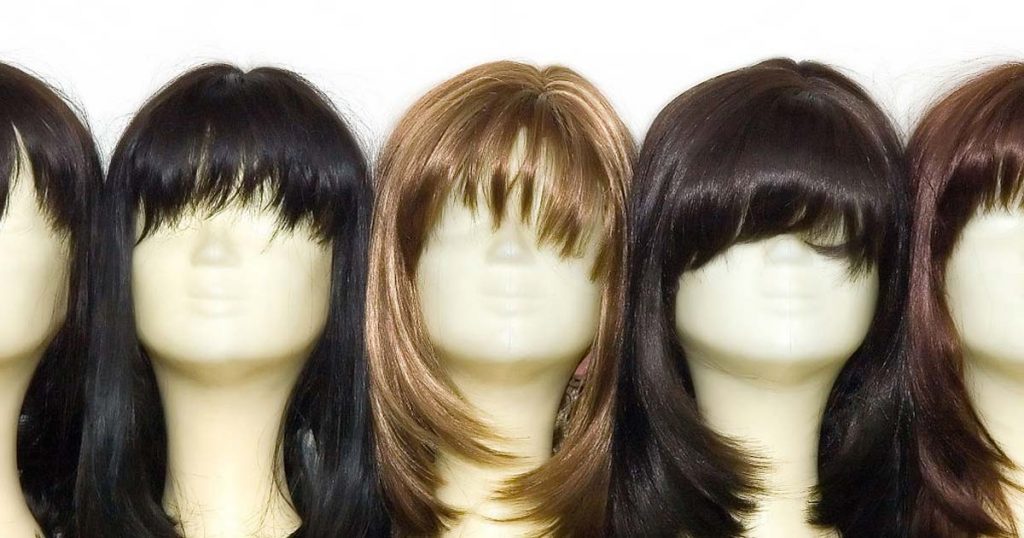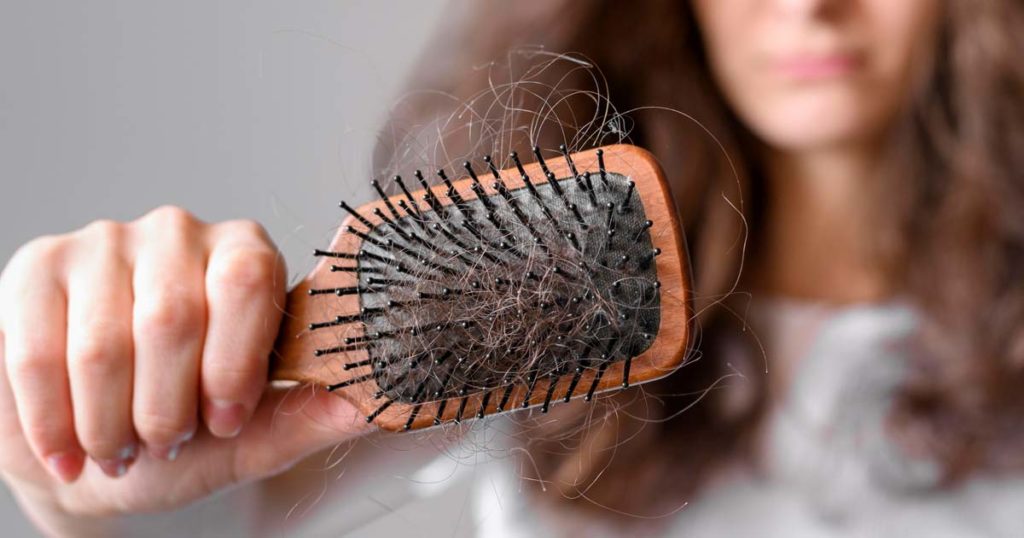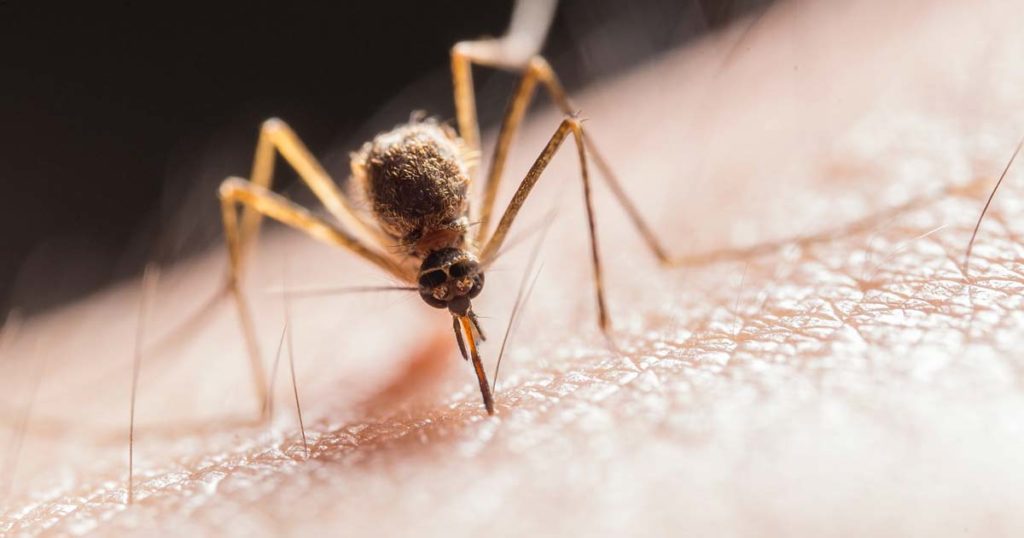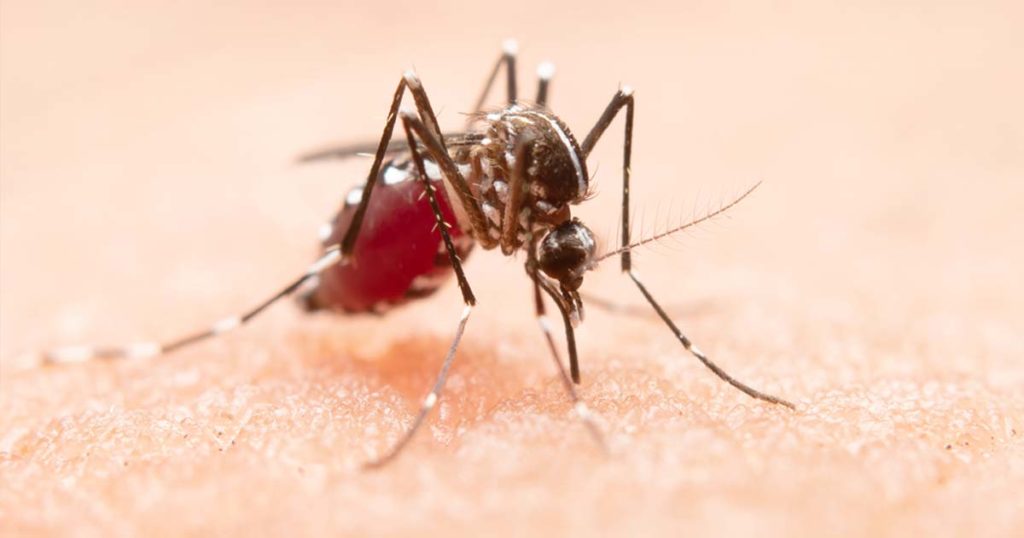Hairpieces and wigs are not a modern invention. In fact, historians have concluded that wigs were worn as many as 6,000 years ago by the Egyptians. The Egyptians used wigs not only as a fashion statement, but also as protection from the sun. Wigs probably reached the height of their popularity in Europe between the 16th and 19th centuries. The vast majority of these wig wearers were male. The wig made its way to America in the 17th century, brought to this country on the heads of British settlers. Men of high social status wore wigs up until about the time of the American Revolution.People wear hairpieces for many reasons, whether it’s because of a medical condition that causes hair loss , or even medical treatments that cause hair loss. Men and women wear wigs to cover up baldness. Some people wear wigs for fashion purposes. Many people like to use wefts or extensions to add length or volume to their existing hair. The reasons for wearing hairpieces are as individual and unique as those wear them.
Wigs can be made out of natural human hair, synthetic hair (known as modacrylic fiber hair), animal hair, or a combination of all three. Human hair wigs are superior for their realism and ability to style, but they are very expensive. Animal hair wigs are a more affordable alternative. Animal hair wigs usually come from horses or boars. If you are unsure about whether a wig is natural or synthetic, pull out a strand and light it with a match. Everyone is familiar with the odor of burning human hair. Synthetic hair will burn very quickly and will leave behind tiny hard beads that you can feel with your fingers.
Wigs can be either hand or machine made. Both methods of production can yield realistic, high-quality hairpieces, although hand-made wigs are more expensive. Even synthetic fiber wigs can be made to look as natural in texture, color, sheen, and feel as human hair due to the advances in the production of modacrylic fibers. The common names of some of these fibers are dynel, venicelon, and kanekalon. Synthetic hair has some disadvantages, they are hard to color and to curl with an iron. Many synthetic wigs will melt if they are exposed to heat styling.
Hair used for extensions can also be human, animal, or synthetic. If you plan on coloring the hair, always stick with natural hair, preferable blonde (it can be colored easier). Men’s toupees also are made using the same methods and materials as wigs, wefts, and hair extensions.
In order for a wig to fit properly, precise measurements are taken and a wig is ordered to the client’s specifications and preferences. When not being worn, the wig should be put on a head form. This head form should be the same size or slightly smaller than the wearer’s head. If the wig is put on a larger head form, it will stretch. Once the wig is on the head form, it can be styled to suit the wearer’s taste. Many people bring their hairpieces to the salon so they can be styled by a professional, then put on in the privacy and comfort of their own homes.
Wigs should be cleansed as soon as they are received from the manufacturer. Mix equal parts hot water and ammonia and submerge the wig for a few seconds. This will remove any chemicals that were used in manufacturing that may irritate the wearer’s scalp. Remove the wig from the ammonia solution and shampoo and condition just as you would with your own hair. Human hair wigs need to be cleaned every two to four weeks. Allow wigs to dry in an open area, to prevent the growth of mildew.
Wigs and hairpieces can be cut like normal hair, and may require extra thinning out to avoid looking bulky and unnatural. Always leave the cutting and coloring of wigs to professionals, since most good wigs aren’t cheap. Synthetic hair wigs can also be cut, although never with a razor, as the razor may damage the fibers. Many wigs come pre-cut from the manufacturer.
Generally, a wig covers the entire head. Anything that partial covers the hair or blends in the natural hair of the wearer is referred to as a hairpiece. Some hairpieces are wefts, which are strips of hair that can be fixed to the wearer’s own head with an adhesive to add length or volume. The wefts are glued onto the natural hair right at the root area, as close to the scalp as possible. Wiglets are hairpieces that cover a specific area of the head. Toupees are a type of wiglet. Falls are sections of long hair that are wefted to a round base and worn in the back of the head, usually attached by hairpins or bobby pins. Bandeaus are another type of hairpiece. A bandeau is a hairpiece sewn on to a headband, and is used to give the illusion of more volume. A chignon is a hairpiece that is worn as a ponytail, and can be styled into a bun, a twist, or other types of formal and casual styles. Other hairpieces include braids and toupees.
Wigs need to cared for as much as, and possibly more than natural hair. Use a wide-tooth comb or a brush to prevent breakage when combing a wig. Conditioning the wig will prevent the loss of sheen and protect the fibers of the wig. Keep in mind that once a wig is cut, it can’t grow back, so always let a hairstylist do the cutting. Never bleach a wig, and never perm a wig. Wigs cannot produce oils that the scalp does. These oils are what keeps natural hair shiny and lustrous. If a wig is properly cared for, it should easily outlive the person wearing it.
I have avoided talking excessively about hair extensions, because extensions are a very complex procedure that requires it’s own article. This article should serve as a guide to anyone interested in purchasing a wig or hairpiece, and will help you to make a more informed decision.






